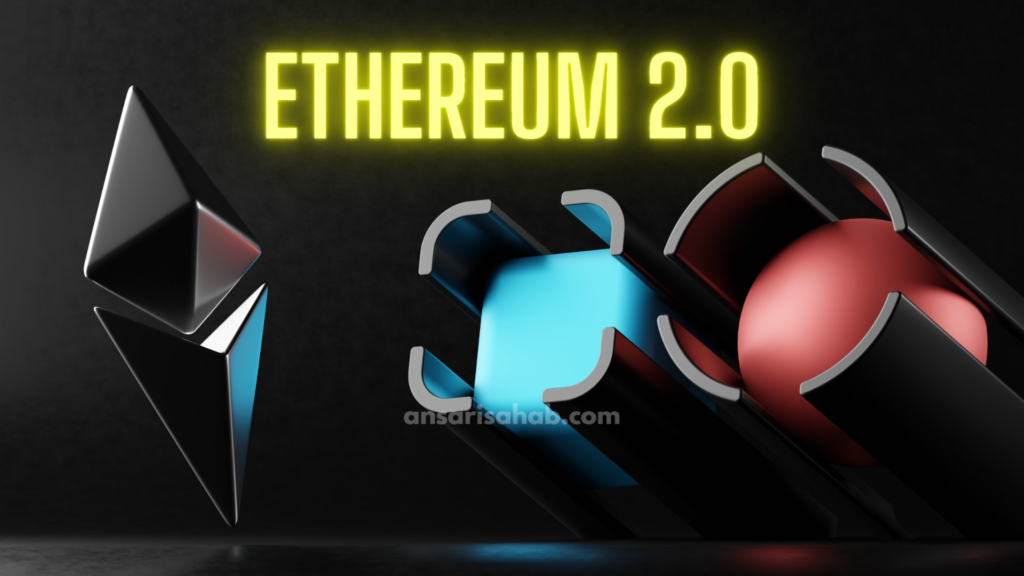Nvidia China export restrictions crypto mining 2025 — the short answer: Nvidia’s stopping or curbing of certain AI-GPU exports to China in 2025 has had an outsized ripple effect on GPU availability and pricing — and those knock-on effects reached crypto miners fast. When new AI-grade cards (or export-compliant variants) vanish from a huge market, miners who rely on GPUs for Proof-of-Work coins scramble — buying older stock, leaning on local alternatives, or shifting where and how they mine. Reports show China’s cloud and data customers struggled to buy Nvidia’s H20 line during the year, and Chinese demand shifted to used and grey-market cards — which in turn tightened global supplies and raised prices for miners elsewhere.
What exactly happened — a quick timeline
- Export controls and friction: Through 2025, US export controls and geopolitical pressure produced targeted limits on high-end Nvidia accelerators destined for China; attempts to resume controlled sales (e.g., “H20” variants) faced new political pushback and buyer restraint.
- Nvidia’s pause and compliance dance: Nvidia halted or throttled shipments while applying for permissions and designing China-specific SKUs — a pause that removed a steady stream of new GPUs from the market.
- Second-hand and grey markets surged: With new supply limited, Chinese buyers — including some data centers and miners — turned to refurbished and resold GPUs, increasing demand for used cards and rack systems. That secondary demand rippled outward and affected global availability and pricing.
Direct impact on crypto miners — four clear effects
1) Used-GPU price spike => higher entry cost for miners
Miners who previously bought new consumer GPUs for mining found themselves priced into used rigs and older datacenter cards. The scarcity premium meant miners either paid more for the same hashing power or accepted older, less efficient hardware — both of which squeeze margins, especially for low-margin coins. Evidence from aftermarket markets in 2025 shows faster turnover of used Nvidia boards into China and rising posted prices globally.
2) Chinese miners pivot to local chips and alternatives
With access to certain exported Nvidia models constrained, Chinese players increased focus on domestic chipmakers and alternatives (and also on older/less-powerful Nvidia models that slipped through). That shift fueled domestic R&D for AI/compute chips and encouraged miners to re-tool infrastructure for locally available accelerators. In practice, this reduced some demand for the latest Nvidia consumer GPUs inside China, but not demand for compute overall.
3) Shift in coin economics and hash distribution (short-term)
Some altcoins that still rely heavily on GPUs (e.g., certain ASIC-resistant chains) saw localized hash drops where Chinese miners had to downscale or repurpose gear. While Bitcoin is ASIC-dominated and thus largely unaffected by GPU availability, GPU-mined networks can experience temporary hash-rate shifts and greater variance in block times and miner rewards — tightening profitability for smaller operations. This led to short-term mining fee volatility and occasional spikes in difficulty adjustments. (Note: the magnitude varies by coin.)
4) Global supply squeeze and miner migration
As Chinese demand soaked up second-hand inventory, miners outside China — especially hobbyist and boutique farms — reported longer wait times and higher purchase prices for cards. Some commercial miners explored relocating rigs or buying bulk refurbished systems from secondary markets, and others accelerated migration to purpose-built ASICs or to cloud-based GPU rentals. The net result: a reallocation of GPU mining capacity and slightly higher breakeven costs in many regions.
Why miners can’t just replace Nvidia GPUs with anything else
- Efficiency gap: Nvidia’s high-end data/GPU accelerators (and even their efficient gaming cards) tend to be more energy- and hash-efficient than many alternatives. Losing access to newer Nvidia silicon forces miners to choose less efficient devices or older models — both of which raise power costs per MH/s.
- Ecosystem and software: Mining stacks are often optimized for Nvidia CUDA ecosystems; switching to different architectures (e.g., some domestic chips or AMD variants) may require software rework and optimization time, which increases operational friction and downtime.
- Used-market quality variance: Refurbished GPUs can be hit-or-miss; many cards from datacenter decommissions have unknown histories of sustained high-load use, raising reliability and warranty-risk concerns for miners.
These structural frictions mean mining isn’t a plug-and-play swap when a particular GPU brand or SKU is constrained.
How the export restrictions encouraged other market responses
Black markets & grey imports
Constrained official channels often mean grey imports and unauthorized resellers flourish. Reports in 2025 documented significant pipelines for previously banned datacenter racks and boards moving into China through indirect routes — adding a legal and security risk to miner procurement. That grey flow helped satisfy urgent demand but clouds long-term planning and increases counterparty risk.
Refurbishment businesses boom
A predictable response was a jump in high-volume GPU refurbishing operations — companies refurbishing and reselling GPUs at scale to meet demand. While these eased shortfalls, the refurbished units often came at a quality and warranty trade-off.
Acceleration of domestic ASIC and AI chip projects
On the hardware-design side, restricted access to leading Nvidia chips gave state-backed and private Chinese chip programs additional urgency — aiming for alternatives for both AI and general compute. Over the medium term, more domestic compute silicon may reduce miners’ dependence on western GPUs — but that’s a multi-year play, not a quick fix.
Miner playbook — what pragmatic miners did in 2025
- Buy used, but test rigorously. Many miners shifted budgets to well-tested refurbished cards, paired with stronger burn-in and monitoring protocols.
- Hybrid fleet strategies. Operators blended newer ASICs for long-term hashing with GPU rigs for flexible algorithms — diversifying risk across hardware types.
- Geographic and power arbitrage. Some miners moved rigs to markets with cheaper electricity or friendlier import channels to reduce per-MH/s costs after the GPU price spike.
- Cloud GPU rentals. For burst compute needs, miners (and devs testing algorithms) used cloud GPU rentals instead of CAPEX purchases — a pricier but flexible stop-gap.
Long-term outlook — will this permanently change crypto mining?
- Short-to-medium term: The export restrictions tightened GPU supply, lifted used-card prices, and temporarily shifted mining economics — especially for GPU-dependent coins. That translated into short-term miner consolidation and higher operating costs for DIY miners.
- Medium-to-long term: Two structural trends may emerge: (a) accelerated adoption of ASICs where possible (reducing the pool of GPU-mined coins), and (b) stronger domestic compute ecosystems in China that could reduce reliance on foreign silicon — altering the global hardware balance. Both trends mean the GPU-mining landscape of 2025 may look quite different by 2027–2028.
What miners and investors should watch next
- Official export rulings & license updates — any easing or tightening instantly affects supply and price expectations.
- Secondary-market price indices for used GPUs — a leading indicator of miner input cost stress.
- Chinese domestic chip rollouts — announcements or ramp-up of local accelerators could be a multi-year gamechanger.
- ASIC vs GPU adoption rates in target coins — accelerating ASICization reduces GPU demand sustainably.
- Energy price trends — since higher hardware costs amplify the importance of cheap power for profitability.
Conclusion
Nvidia’s 2025 export restrictions to China didn’t just alter where the latest AI chips landed — they reshaped the economics and logistics of GPU-based crypto mining. The immediate fallout was higher used-GPU prices, grey-market flows into China, and miners adapting via refurbished buys, geographic moves, or hardware mixes. Over time, the market’s structural response — domestic silicon development, cloud compute alternatives, and an ASIC shift for some coins — may permanently reduce GPU dependence in some segments. For miners and investors, the key is to watch supply indicators and regulatory signals closely: when GPU supply tightens, the mining cost floor rises fast.









